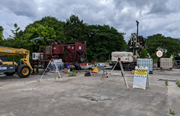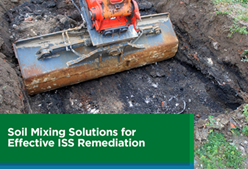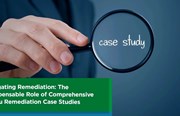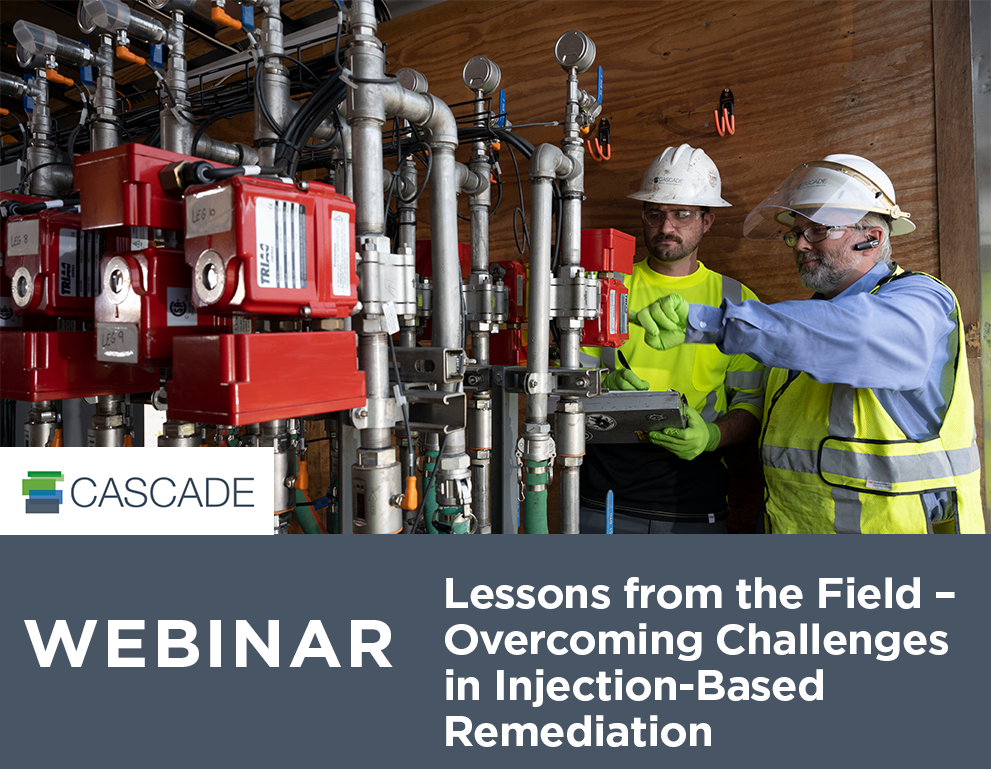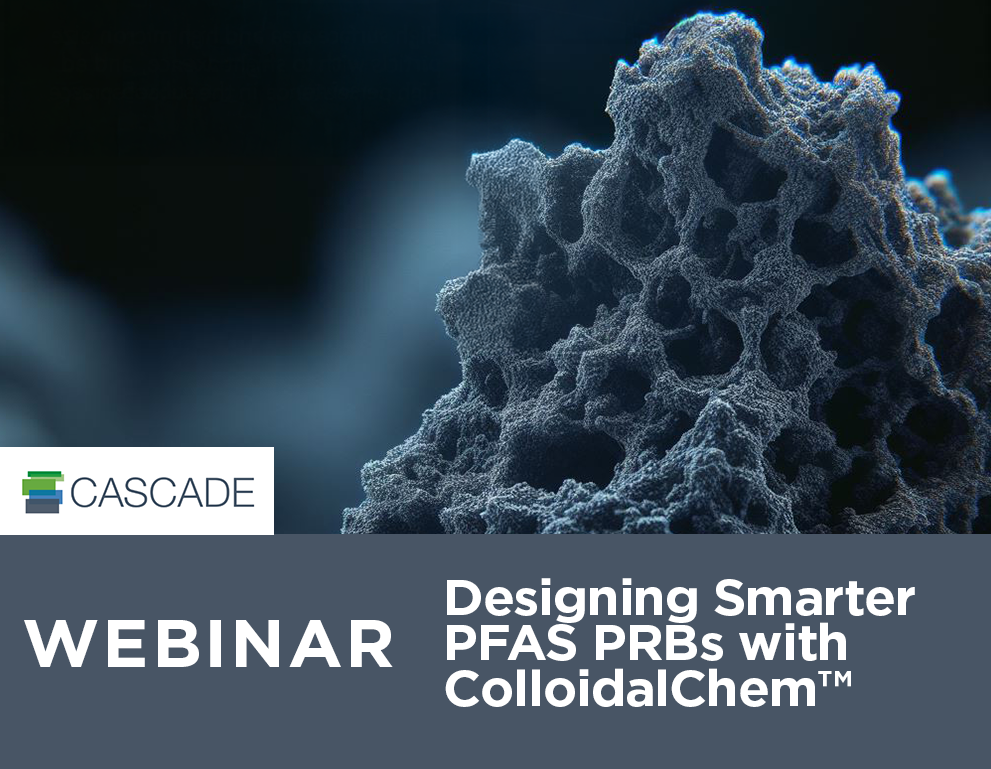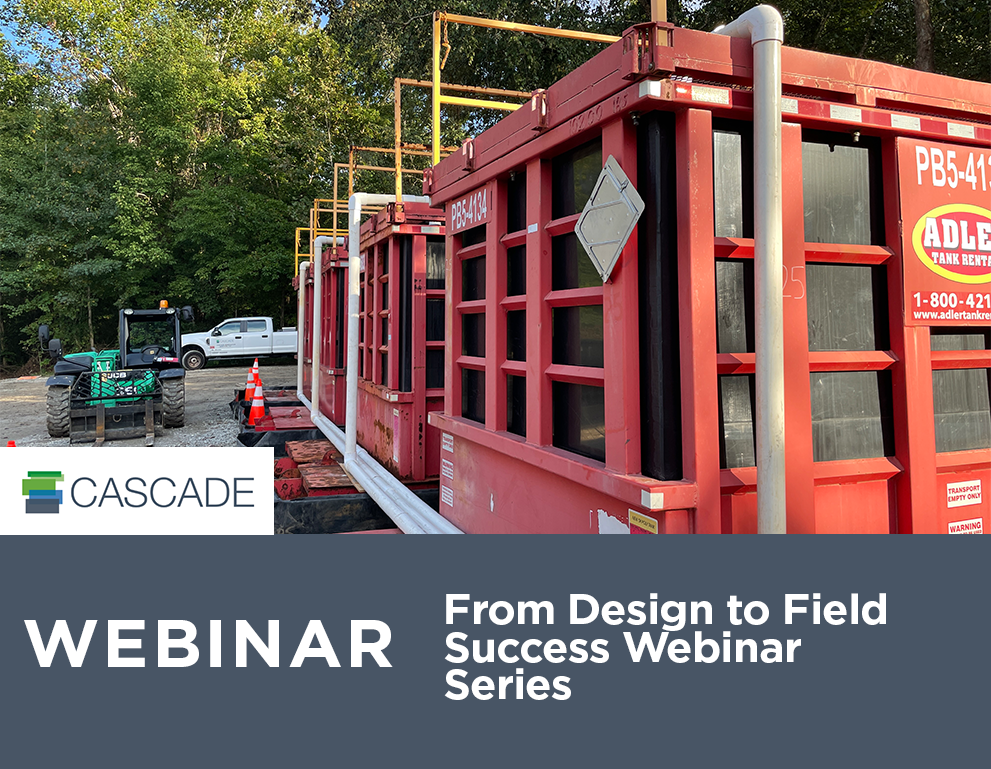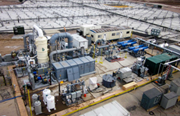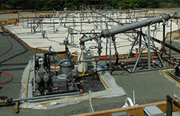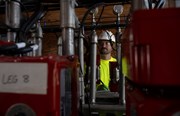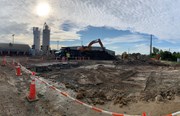Does a Remediation Guarantee Limit Your Investment in Site Cleanup?
By: Eliot Cooper
Your project deserves the correct design and an honest price to ensure the project performance you need is delivered with the least headaches, on time, and within budget.
We don’t have to go that far back into the in situ remediation history to see the many “guarantee” programs launched. Some have been successful, and many failed. In some cases, these “guarantees” included cost-cap insurance used by contractors to minimize their overall risk. Of course, this increases the remediation price. However, in many cases, the insurance companies were literally left holding the bag for future remediation costs to meet the guarantee. Even today, insurance companies have technical remediation staff managing these outstanding cleanups.
In this blog post I will dive into the details around remediation guarantees, discuss when they make sense, and consider when they are worth the extra cost. If you want to learn more about remediation guarantees, you can also register for our next webinar, Do Remediation Guarantees Protect you from Cost Overruns or Lack of Field Results?
Performance-Based Remediation Contacts
We also know that the Department of Defense (DOD) is still embracing Performance-Based Remediation (PBRs) for many, if not all, of their sites. There have been some suitable lessons learned from the initial implementation of this program that has made it more workable for participating contractors. Early on, there was a concern that smaller firms working on these projects could go out of business if these PBRs were strictly enforced. In some cases, the low level of site characterization provided for bidding and the short duration to develop these bids required bidders to make a lot of assumptions that increased overall pricing for remediation or opened loopholes to provide them financial risk reduction. We could write a whole other blog to understand these PBRs fully, but we will save that for another time.
For groundwater and soil remediation, the guaranteed definition relates to a performance specification pertaining to anywhere from field service performance, (like overall injection cost), to meeting groundwater or soil treatment goals. When it comes to “certain conditions”, that always accompanies these guarantees, these can be very important to evaluating how bulletproof the guarantee will be.
Important Items to Consider
There are several things you should take into consideration before you opt into a performance guarantee. Conditions to pay close attention to include but are not limited to:
- Has the site been adequately characterized?
- This is open to a lot of interpretation and it’s important that the guarantee acknowledges that the site characterization is complete and will not impact the guarantee. Characterization includes contaminant concentrations in soil, soil gas, groundwater, and NAPL phases. It also includes groundwater chemistry and can include other biological parameters.
- Contaminant mass distribution or mass flux has been adequately characterized. This usually involves higher resolution characterization with tools like the MiHPT or WaterlooAPS™ advanced profiling system and traditional correlation samples to help calibrate the MiHPT qualitative results.
- The impacts of matrix back diffusion is well understood and will the post-remediation monitoring program last long enough to ensure those reductions are sustainable. This is a common issue with solvent sites where mass is tied up in fine-grained soils.
- The hydrogeology of the site is well understood and representative of contaminant intervals to be targeted, e.g., vertical and lateral groundwater velocities.
- Are the performance metrics quantifiable? For example, do no further actions (NFAs) determination require additional long-term monitoring?
- Are maximum contamination levels (MCLs) being guaranteed, taking into consideration that this is typically a rare outcome on most solvent and petroleum sites?
- If getting to monitored natural attenuation (MNA) is guaranteed, have those levels already been agreed to by regulators, how long will monitoring last, and who covers these costs?
- Do institutional controls, where you are leaving contamination behind, align with your overall risk management strategy?
- If you include a soil vapor mitigation strategy, are the funds for proper O&M covered, and for how long?
- Have site logistics been fully considered by the contractor? If contamination is underneath a building or a street that’s not accessible, or you can’t get access to certain properties within the source plume, how will that impact performance goals?
- Has a pilot or design optimization test already been performed verifying parameters like radius of influence, vertical and lateral distribution, injection rates and pressures, short term mass reductions? Without this data, those proving a guarantee will be facing more risk and their guaranteed costs will increase.
- Is remediation approach locked in, or does the contractor have the leeway to change during the project?
Another important consideration is how the guarantee is structured.
- Does it require the contractor to take whatever measures necessary to meet performance requirements?
- How does “guaranteed fixed price” differ from other guarantees?
- Is it a limited guarantee that if performance requirements are not met, some limited additional remediation will be performed?
- Is it a limited guarantee that if performance requirements are not met, remediation chemistry of field implementation costs will be reduced? “Reduced” is an interesting term in that were the original costs inflated to manage the risks of additional remediation?
- Are the performance monitoring time frames in line with the duration of the guarantee? For example, we’ve seen recent groundwater guarantees from 10 to 30 years post-meeting groundwater performance goals. Is the contractor required to fund this additional groundwater monitoring time frame and required to bring the site back to performance standards should contamination levels increase, e.g., matrix back diffusion? Will they still be in business 10 to 30 years from now?
Conclusions
There is no question that you will pay a higher cost for remediation to get a quantifiable and enforceable guarantee. The real question is whether the additional cost is worth it, or are you better served by working with a contractor who provides high transparency on their approach and who has the technical expertise to provide the most cost-effective solution for your site?
Working with a contractor just because of the “guarantee” could be a slippery slope to unexpected remediation costs. In many cases, those requesting remediation proposals don’t have the technical experience to differentiate the performance of alternative remedies and might be concerned with going just a low-cost bid. In this case, the “guarantee” looks attractive, and they have covered their client’s risk of cost overruns.
While this conceptually makes a lot of sense, pay close attention to the conditions of the guarantee and the contractor's financial well-being to ensure you are not open to “change of conditions” increased costs that could make the guarantee null and void. Switching contractors because the guarantee is not enforceable can only add higher costs to the project.
Still have questions about guaranteed? Check out the webinar, Do Remediation Guarantees Protect you from Cost Overruns or Lack of Field Results? where remediation technology veterans address the conditions and assumptions of guarantees, the added benefit and cost of guarantees, and the technical detail to be considered to ensure you are getting what you paid for.
About the Author:

Eliot Cooper, VP of Technology and Business Development
Eliot Cooper is the Vice President of Technology and Business Development. In this role, he helps clients design efficient and cost-effective remedies using high resolution site characterization (HRSC) and a vast array of remediation options. His specialty is finding the right combination of tools and technologies for complex sites, and ensuring every step of the remediation process is optimized to achieve results.
Eliot draws on a career that spans more than 30 years in the environmental remediation industry and includes hundreds of projects nationwide. He’s remediated sites that involved hex chrome, fuel spills, and chlorinated solvents. He specializes in injected remedy delivery, remediation design support, characterization of VOCs, and tackling complex sites by combining multiple remediation technologies.
Eliot previously served at the Environmental Protection Agency in both air pollution and hazardous waste management programs, as well as in the private sector providing thermal combustion and in situ remediation field services. Eliot now leads Cascade's in situ remediation solutions team to evaluate available technologies to meet client goals, provide advanced delivery techniques, and ensure HRSC results in actionable solutions.


